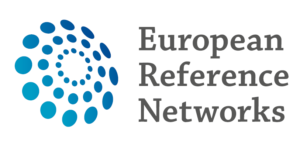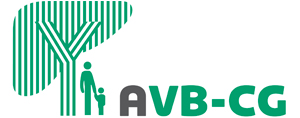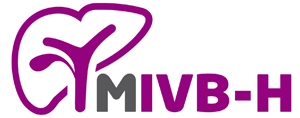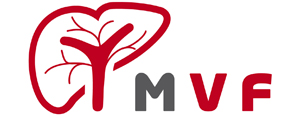Organisation in Europe

European Reference Networks
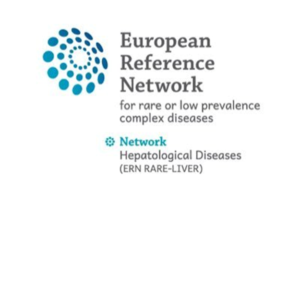
European Reference Networks (ERN) are health networks for rare diseases across national borders, they include:
- Centres of excellence
- Health professionals
- Patient organizations representatives (Eurordis: e-PAG – European Patient Advocacy Groups)
- Industry and laboratories representatives
The way they are governed must enable knowledge to be shared and patient carecoordination within the European Union.
There are 24 reference networks, each specific for a group of diseases.
More information on European Reference Networks
![]() For more information on ERNs, you can watch the video below
For more information on ERNs, you can watch the video below
ERN Rare Liver
Composition
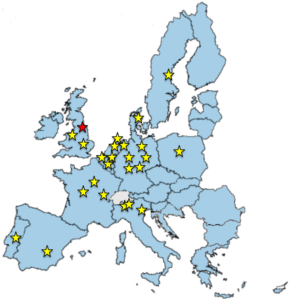
Rare-Liver is the European Reference Network for rare liver diseases in adults and children.
It includes 25 centres from 11 Member States and 33 patient organizations from 14 different countries.
Missions
The Network aims to improve the standardisation of care and of clinical knowledge in rare liver diseases throughout Europe. By working closely with clinical centres, doctors and patient organizations, the network will:
- Disseminate best clinical practice guidelines;
- Use innovative IT solutions to enable clinicians to access expert knowledge from all over Europe;
- Update clinical guidelines to enable standardisation of care;
- Provide patients with relevant and high quality information.
Diseases concerned
Currently, the diseases included in the ERN are split into three disease groups:
- Cholangite biliaire primitive
- Cholangite sclérosante primitive
- Cholangite sclérosante à IgG4
- Hépatite auto-immune
- Maladies vasculaires du foie
- Maladies kystiques du foie
- Cholangiocarcinome intra-hépatique
- Atrésie des voies biliaires
- Maladies cholestatiques génétiques
- Déficit en alpha-1-antitrypsine
- Kyste du cholédoque
- Maladie de Wilson
French centres in the ERN
Currently, the 3 coordinating CRMR of the Filfoie Network belong to the ERN Rare-Liver:
Two additional Filfoie CRMR are currently applying to join the ERN Rare-Liver. The decision of the ERN is expected by the end of 2020.


